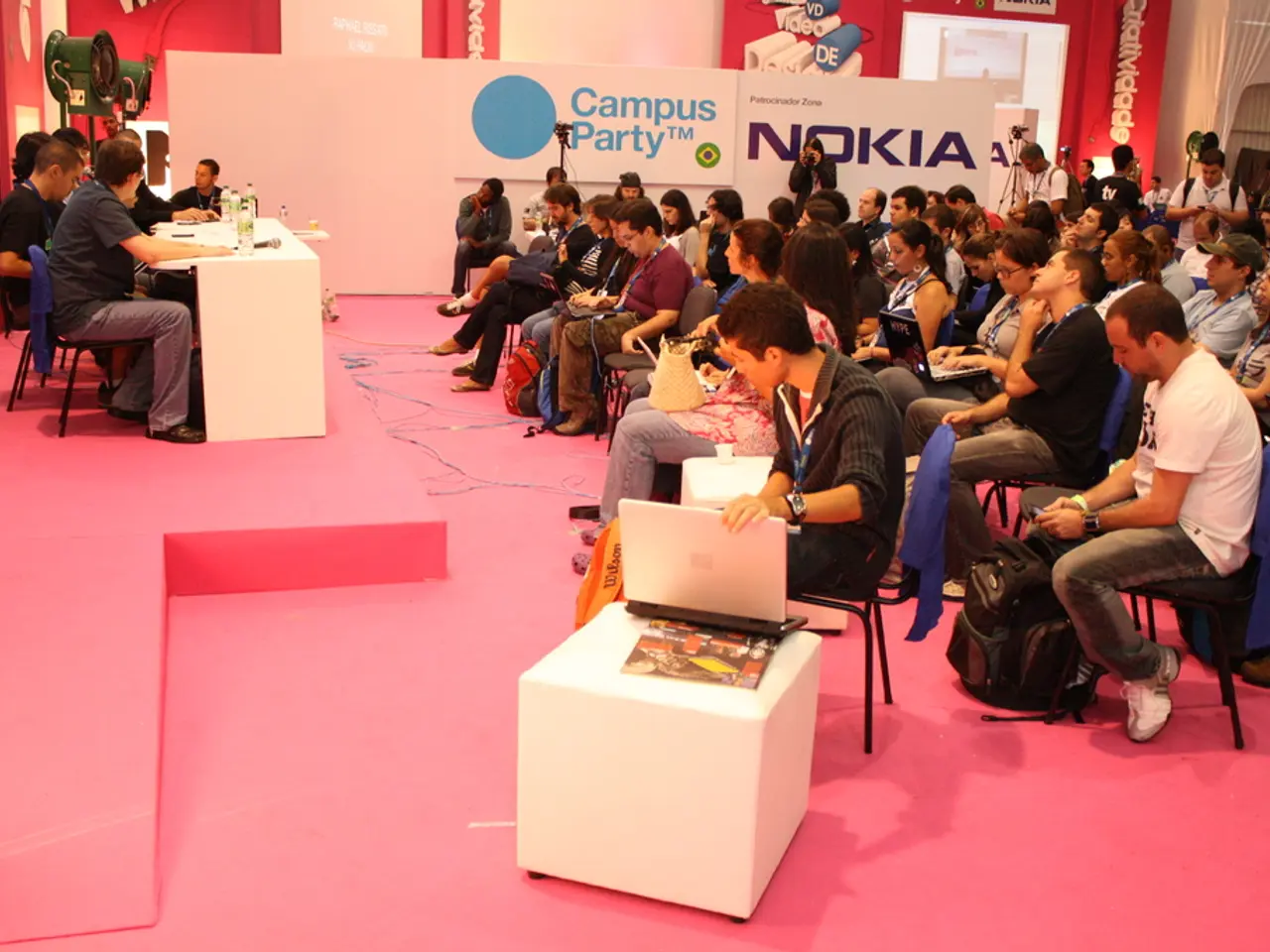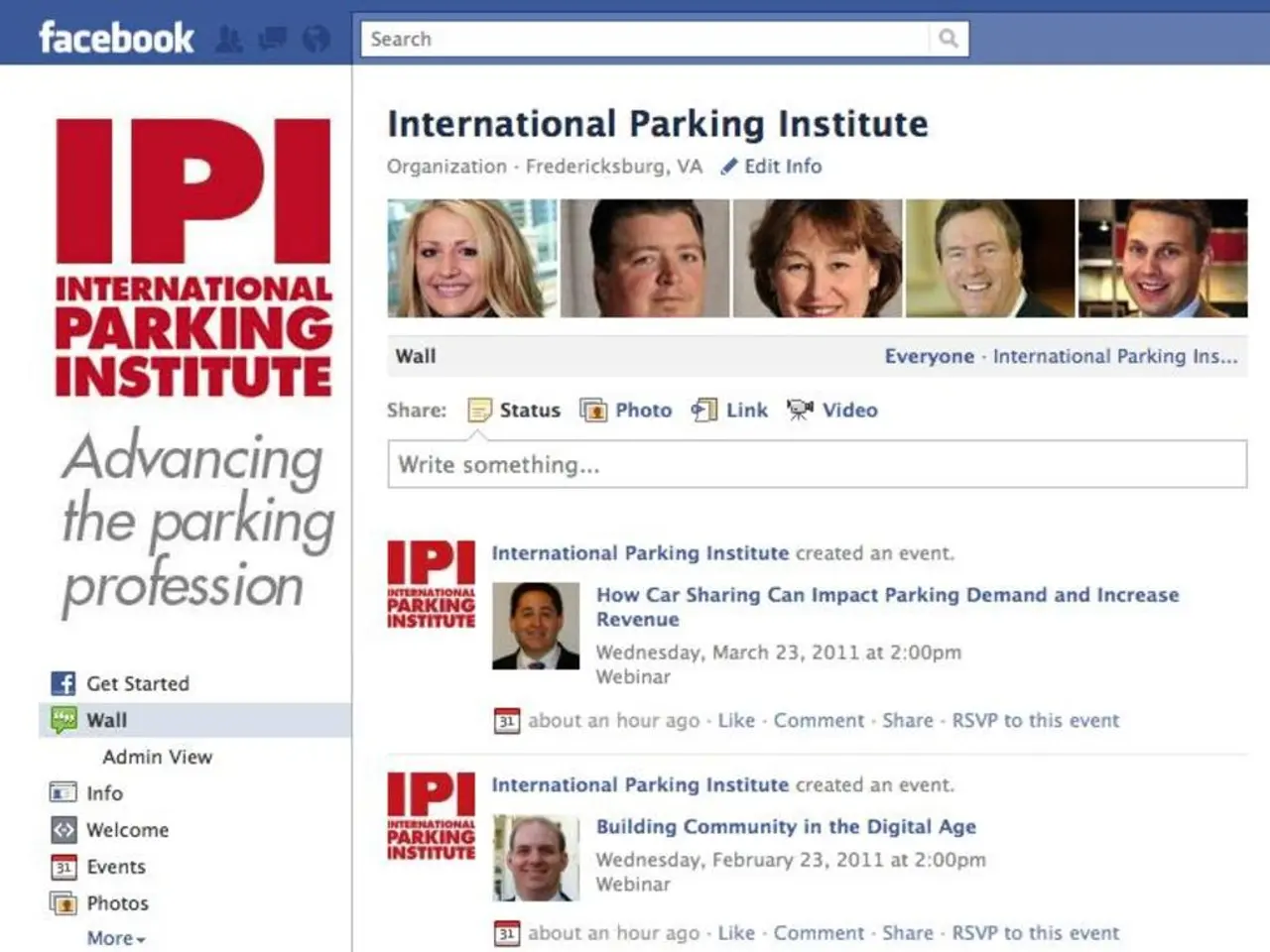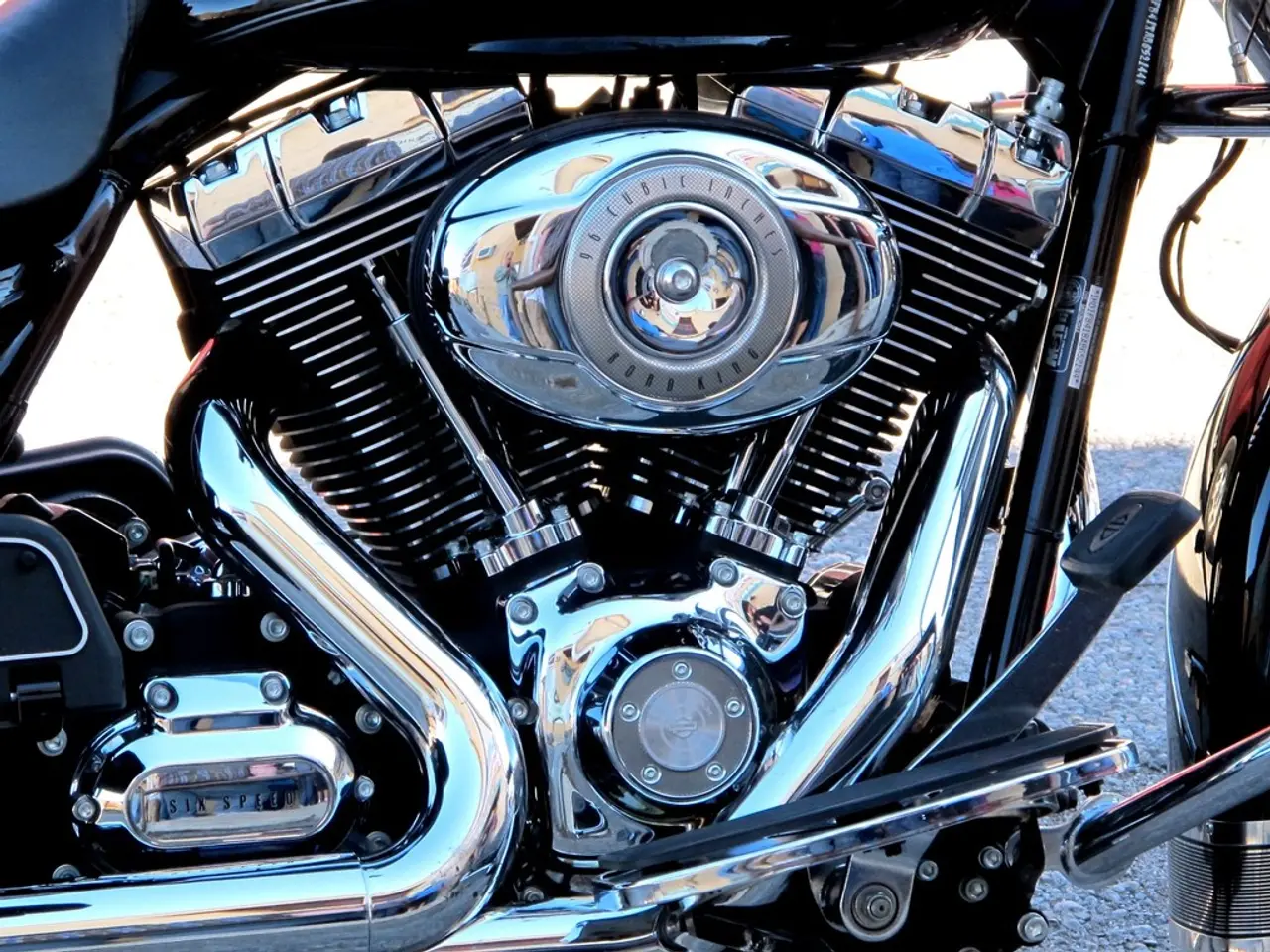Social media performances: determining necessary web equipment for sound, stage, and lighting
======================================================================
In the era of digital streaming, events are no longer confined to physical venues. To create immersive, engaging experiences that resonate with audiences across the globe, event design must be optimized for digital platforms. Here are some key strategies to achieve this.
Lighting
Dynamic and thematic lighting plays a crucial role in shaping the atmosphere and guiding attention. Adjust color temperature to match mood—warmer tones for intimacy and cooler tones for energy—and employ moving lights with programmed scenes to support transitions and highlight key moments. This visual design helps create an emotional connection and reinforces the event's narrative.
Sound
Professional sound design involves implementing directional speaker technology to target audio effectively at attendees while minimizing unwanted reflections. Conduct thorough acoustic assessments of venues to tailor sound setup, ensure clear speech intelligibility, and balance music and other audio elements.
Direction
Guide participant focus and flow virtually by combining lighting cues, audio prompts, and digital moderation or hosting techniques. Rehearsals enhance delivery professionalism, contributing to clear direction and engagement throughout the event.
Technology
Leverage cutting-edge digital tools—such as augmented reality (AR), virtual reality (VR), interactive digital displays, and custom event apps—to deepen immersion and audience involvement. Digital presentations should be concise and refreshed frequently for maximum impact, using visual hooks like real-time data or event schedules to keep attention. Integration with live streaming and social media expands reach beyond physical attendees.
A stable internet connection with an upload speed of at least 10 Mbit/s is recommended for live streams, with 20 Mbit/s or more being preferable. Audio must be fed into the stream separately via a mixing console or audio interface, ensuring clean voice transmission through professional miking.
To make events stand out digitally, content must be adapted for social platforms without compromising on quality or authenticity. This might involve using multiple cameras for fluid cuts and various angles, or thinking of the stream as a source of content for short-form content like reels, teasers, and interviews after the event.
For hybrid events, a separate lighting plan for the stage and camera is recommended. Background noise, feedback, and muffled microphone recordings can quickly cause viewers to switch off. Continuous technical monitoring and regular testing and backups are important to quickly address any issues.
By integrating cohesive lighting, sound, directional elements, and advanced technology, event design can create immersive, engaging experiences that resonate with the audience and reinforce the event’s core message.
- To further captivate audiences during an event, incorporate technology such as virtual reality or augmented reality, enhancing the overall experience and keeping participants consistently engaged.
- In the realm of entertainment, utilizing dynamic lighting and professional sound design in conjunction with technology ensures a seamless transition from physical to digital events, engaging a global audience effectively.



